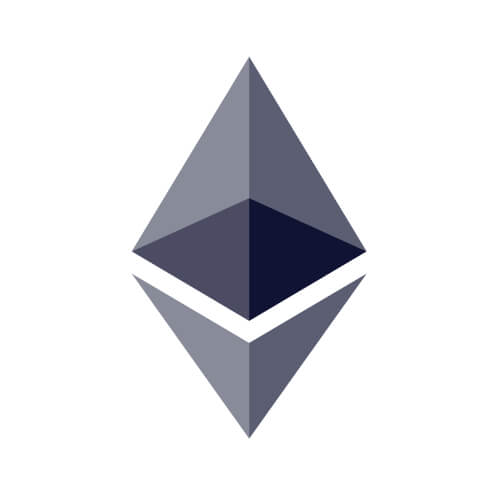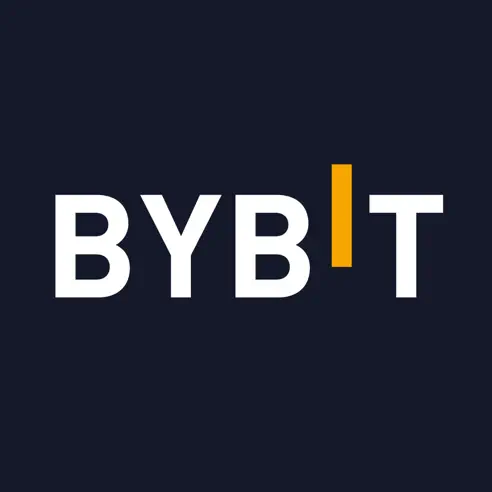The idea of Polkadot was created in 2017, by Dr Gavin Wood just after inventing the Ethereum Virtual Machine (EVM) and the infamous ‘Solidity’ programming language. The blockchain didn’t launch until mid-2020 but swiftly grew to extraordinary heights.
Polkadot is the first “Layer 0” blockchain that can connect multiple “Layer 1” blockchains to itself. They aim to create a unified network of special blockchains that can be built and connected.
The big question is how does it all work and operate?
How does it work?
Polkadot operates two types of blockchains, the ‘Relay Chain’ and the ‘Parachains’. Let me explain how they work together to create the perfect Web3 ecosystem:

Relay Chain
The core of Polkadot, the ‘Relay Chain’ is a nominated-proof-of-stake (NPoS) blockchain with validators and secures the network by ‘Staking’ DOT, which is the Governance token.
The ‘Relay Chain’ does not support smart contracts and is limited in its functionality. It is designed to strictly make the NPoS consensus work, support the Governance system and validate ‘Parachains’.
Parachains
Parachains’ are Layer 1 blockchains that have unique state transition functions (STF) with individual tokens and governance. They will provide blocks to the validators on the Relay Chain, where each block will go through and complete multiple checks before it reaches the desired blockchain.
All Parachains are autonomous and form a web of networks that stay in sync, secure each other and feed into the ‘Relay Chain’.
There are currently over 100 connected Parachains.

Bridge Parachains
There are ‘Bridge Parachains’ that allow Polkadot to interact and become compatible with other major blockchains such as Bitcoin, Ethereum, Cosmos and many others.
Moonbeam
Moonbeam was Polkadot’s very first Parachain and is an Infrastructure-as-a-Service (IaaS) platform that provides developers with a foundation for private or public blockchain projects and can achieve cross-chain interoperability between the Polkadot and Ethereum networks.
You can set up the Moonbeam network on Metamask, if you are interested then check out our YouTube Tutorial.
Did you know most Parachains use a protocol called Kusama, but why?
Kusama
To further enhance security many Parachains have their counterparts in Kusama. Kusama shares the same architecture as Polkadot, however, Kusama has a lower entry barrier, penalties and the latest technology perfect for testing protocols.
Applications that aim to run on Polkadot, must first be tested for security and viability on the Kusama Network.
Kusama is its very own independent blockchain.
The difference between Polkadot and other multi-chain ecosystems, e.g. Cosmos (ATOM) is that the Parachains are dependent on the ‘Relay Chain’ and the ecosystem itself.
Polkadot uses Substrate, which runs its blockchains autonomously. Whereas, Cosmos allows developers to create a new blockchain and more by using ‘Comos SDK’, which we have gone through in a previous thread.
Now you know how it works, why Polkadot and what makes it so special.
Why Polkadot (DOT)?
Polkadot is designed to be more scalable than the leading network, Ethereum. Parachains can work as bridges to other major networks and have Layer 2 blockchains built on top of them.
The Polkadot Team aims to allow users to make transactions securely, accurately and privately. Essentially, it creates blockchains that don’t disclose user information/data. All applications and products built on Polkadot can communicate across chains, securely and efficiently.
Interoperability will be the key for Web3 adoption, Polkadot understands this and has created an entire ecosystem based around it.
Where does the DOT token come into play?

Polkadot (DOT) Token
The native token for the Polkadot ecosystem is the DOT token which has three main utilities:
Polkadot Governance
Like most decentralised blockchains, Polkadot allows DOT holders to dictate the future of the blockchain and its entire ecosystem. $DOT holders will be able to vote on any upgrades, fixes and other proposals the network has to offer.
Polkadot’s Governance is unique and offers its community four different roles:
- Nominators – Will secure the relay chain by choosing honest Validators, which play a major role.
- Validators – Will secure the relay chain by staking large amounts of DOT, validating proofs from the Collators and achieving consensus with other Validators.
- Collators – Will collect shards from users, maintain and produce proofs for the Validators.
- Fishermen – Will track and report any malicious activity from any of the Validators.
This system of Governance allows the blockchain to provide and maintain ultimate security for the entire ecosystem.
Polkadot (DOT) Staking
Polkadot’s Staking system is designed to reward users who help secure the network by staking DOT tokens. The system is able to separate good from bad actors and will punish those who try and manipulate the decentralised ecosystem.
Bonding
Polkadot uses a unique form of Proof-of-Stake which adds new parachains by bonding its native token with DOT and any old/unused parachains are deleted by removing the bonded tokens.
Interested in becoming a DOT holder? We will show you how to buy DOT down below.

How To Buy Polkadot (DOT)
The DOT token is available on the Cosmos, Heco and BNB Smart Chain as well as most of the largest centralised exchanges, as DOT is currently the 13th largest crypto by market cap and one of the most held tokens.
There are two main ways to buy DOT, but either way, you will always go through a centralised exchange (CEX). Here are the options:
Option 1- Centralised Exchange
The DOT token is one of the easiest obtainable cryptocurrencies as the majority of centralised exchanges (CEXs) allow you to buy or trade $DOT.
Here are some Centralised Exchanges we recommend for you to buy or trade the DOT token:
- Binance – The most popular CEX in the world
- ByBit – EARN UP TO $30K in DEPOSIT BONUSES
- BitGet – Trade on BitGet and receive 0% Deposit Cashback + $5,000 DEPOSIT BONUSES
- Coinbase – Spend $100 and Get $10 back!
Option 2 – DeFi Wallet & Decentralised Exchange
To get started you will need a DeFi wallet and make sure to secure your seed phrase with a hardware wallet (Trezor):
If you are buying DOT through your DeFi wallet, we recommend using the BNB Smart Chain which requires BNB tokens for gas fees. If you haven’t set up the BNB Chain, you can follow our Youtube tutorial down below. Here are the essential links:
You can also buy DOT on the Cosmos blockchain, using the Osmosis DEX as Polkadot DOT is IBC-Enabled (Inter-Blockchain Communication). If you are interested then you can check follow the steps using these videos:
- Keplr Wallet Tutorial – Number 1 Cosmos Wallet
- Osmosis DEX Tutorial – Number 1 DEX on Cosmos
Conclusion
Many of the major blockchains out there suffer from a lack of interoperability. Polkadot has the power to unite and create the ultimate Web3 ecosystem that is more secure and superior to its competitors.
At the time of writing, @Polkadot is trading for $5.44 with a market cap of around $6.8B. DOT‘s all-time high was $55 in November 2021 with a peak market cap of $56. has the technology to scale to great heights.










